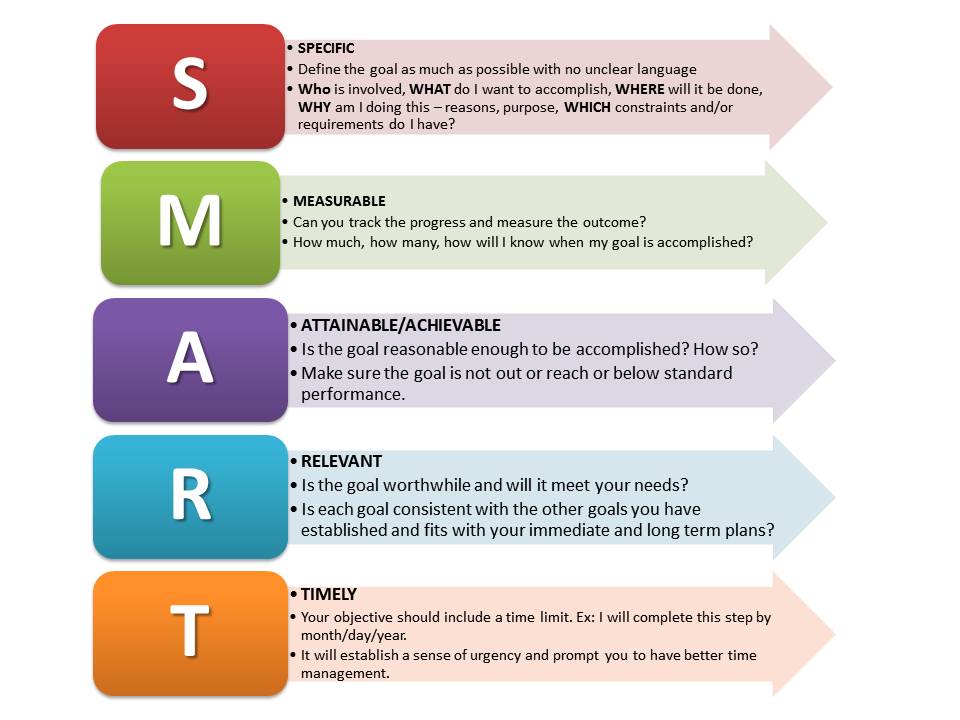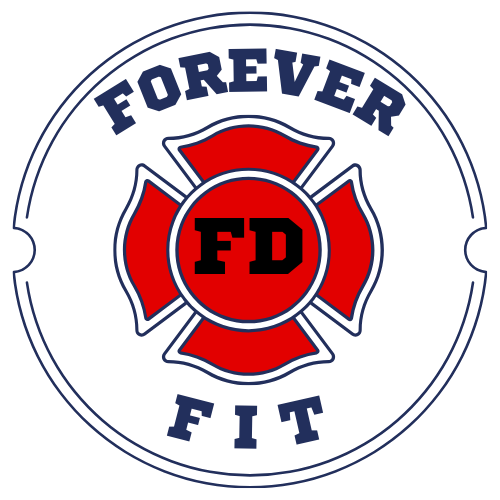Strength training has incredible benefits, especially for seniors. We’re not just talking about bulking up—think better mobility, improved balance, and that extra pep in your step. It’s key to staying independent and keeping those golden years truly golden.
There’s a lot of noise about older adults and strength training. Some think it’s just for the young or that lifting weights can be risky. Totally wrong! With the right approach, strength training is safe and super advantageous for older folks. It’s more about smart training than just heavy lifting.
Strength training isn’t just for the muscles. It can reduce the risk of chronic issues like heart disease, diabetes, and osteoporosis. Imagine lowering your visit counts to the doctor and enjoying more of your favorite activities without the hassle of aches and pains.
Ever noticed the term ‘use it or lose it’? This is where it fits perfectly. Regular strength training ensures you’re not just maintaining muscle but improving overall functionality. Things like climbing stairs, carrying groceries, or even playing with grandkids become easier.
Finally, strength training plays a key role in mental well-being. Exercise, in general, boosts mood, but strength training specifically helps in boosting confidence and combating depression. Knowing that you’re getting stronger and healthier is a huge mental win!

Initiating Safe Strength Training for Seniors
Getting started with strength training can feel a bit daunting, but with the right tips and techniques, it’s smooth sailing. What’s important is to kick things off safely to ensure lasting benefits without causing any harm.
First up, some key strength training tips for older adults. Start light. It’s all about finding a comfortable starting point. No need to jump into the deep end with heavy weights. Using lighter weights or even just body weight can be effective. Plus, it gives your body a chance to adjust gradually.
Good equipment and safety gear are essential. Investing in items like resistance bands, light dumbbells, and a sturdy chair for support can make a world of difference. These tools are beginner-friendly and perfect for at-home workouts. And don’t forget a good pair of training shoes and proper attire to avoid any accidents.
The warm-up and cool-down are non-negotiable. Before diving into the exercises, spend about 10 minutes warming up with light cardio—think walking or slow jogging. Stretching during cool-down helps in preventing muscle stiffness and injuries.
Safe form is everything. Always pay attention to your form, making sure you’re lifting weights correctly. If unsure, seeking advice from a fitness professional can help. They can teach you exercises suited for your abilities and ensure you’re doing them correctly.
Lastly, pacing yourself is key. It’s tempting to go all out, but listen to your body. Give yourself enough rest between workouts, and don’t push through pain. If something doesn’t feel right, it’s okay to take a pause and reassess.
Creating a Customized Strength Training Program
When it comes to strength training, one size does not fit all. Creating a program that tailors to your personal abilities and goals ensures you get the most out of every session. First things first, it’s crucial to assess your individual fitness level. Whether through a professional assessment or self-evaluation, understanding your starting point allows you to set achievable and realistic goals.
Setting goals is the next big step. These should be specific, measurable, attainable, relevant, and time-bound—yep, that’s the SMART criteria. Want to be able to lift a certain weight in three months? Or maybe you’re aiming to improve your balance? Having clear goals keeps you motivated and focused.

Onto the fun part—choosing exercises! There are plenty of options out there, from squats and lunges to breast curls and chest presses. It’s best to include a mix of movements to target different muscle groups. For example, squats are fantastic for your legs and core, while bicep curls focus on your arms. Functional exercises that mimic daily activities can be particularly beneficial.
Balance is key in any fitness routine. Incorporating exercises that build strength, flexibility, and endurance ensures a well-rounded program. This will help in daily activities and prevent injuries. For instance, combining gentle yoga or Pilates with your strength workouts can enhance flexibility and promote mental relaxation.
Older adult fitness tips often emphasize the importance of consistency. Regular workouts yield better results than sporadic, intense sessions. Aim for at least two to three days of strength training each week, combining it with other forms of physical activity like walking or swimming for optimal health benefits.
Remember, it’s not just about lifting weights but about improving your overall quality of life. Tailoring your program to fit your needs ensures the journey remains enjoyable and beneficial. After all, the best workout routine is one that you can stick with and feel good about.
3 Key Benefits Of Strength Training For Retired Firefighters
- Enhanced Functional Strength: Strength training helps retired firefighters maintain the functional strength necessary for everyday activities. As we age, tasks like lifting, carrying, and even standing up can become more challenging. Regular strength training improves muscle strength, coordination, and balance, making daily tasks easier and safer.
- Injury Prevention and Joint Health: Retired firefighters may face increased risk of injuries or joint pain, particularly from years of physically demanding work. Strength training promotes joint stability and flexibility, helping to prevent injuries and manage chronic pain. Focused exercises can also strengthen the muscles around vulnerable areas, such as the knees and shoulders.
- Improved mental well-being: Engaging in regular strength training can have significant positive effects on mental health. It boosts endorphin levels, leading to improved mood and reduced feelings of anxiety and depression. For retired firefighters, who may miss the camaraderie and structure of their previous work, strength training can provide a sense of purpose and community through group classes or training with peers.
If you’re a retired firefighter who’s interested in getting your fitness back in order anyone else looking to do the same, leave us a comment with your questions…..or just book a call with us 🙂
